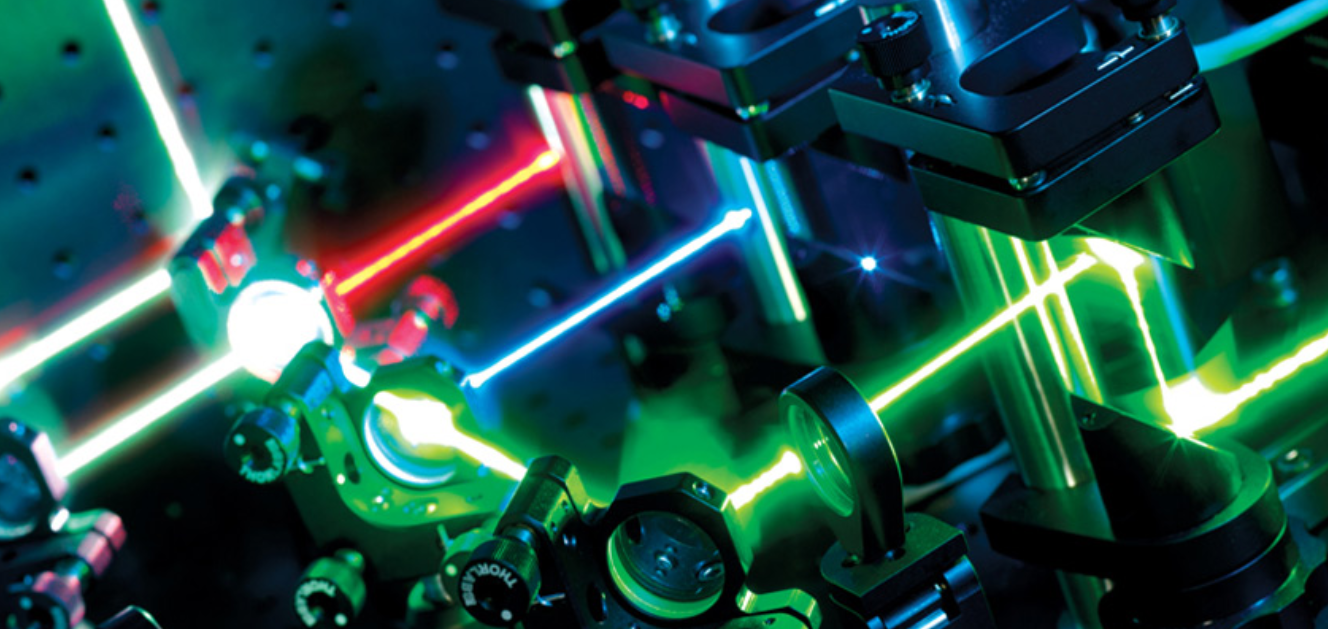Technical evolution of high power fiber lasers
Optimization of fiber laser structure
1, space light pump structure
Early fiber lasers mostly used optical pump output, laser output, its output power is low, in order to quickly improve the output power of fiber lasers in a short period of time there is a greater difficulty. In 1999, the output power of fiber laser research and development field broke 10,000 watts for the first time, the structure of the fiber laser is mainly the use of optical bidirectional pumping, forming a resonator, with the investigation of the slope efficiency of the fiber laser reached 58.3%.
However, although the use of fiber pump light and laser coupling technology to develop fiber lasers can effectively improve the output power of fiber lasers, but at the same time there is complexity, which is not conducive to the optical lens to build the optical path, once the laser needs to be moved in the process of building the optical path, then the optical path also needs to be re-adjusted, which limits the wide application of optical pump structure fiber lasers.
2, direct oscillator structure and MOPA structure
With the development of fiber lasers, cladding power strippers have gradually replaced the lens components, simplifying the development steps of fiber lasers and indirectly improving the maintenance efficiency of fiber lasers. This development trend symbolizes the gradual practicality of fiber lasers. Direct oscillator structure and MOPA structure are the two most common structures of fiber lasers on the market. The direct oscillator structure is that the grating selects the wavelength in the process of oscillation, and then outputs the selected wavelength, while MOPA uses the wavelength selected by the grating as the seed light, and the seed light is amplified under the action of the first-level amplifier, so the output power of the fiber laser will also be improved to a certain extent. For a long period of time, fiber lasers with MPOA structure have been used as the preferred structure for high-power fiber lasers. However, subsequent studies have found that the high-power output in this structure is easy to lead to the instability of the spatial distribution inside the fiber laser, and the output laser brightness will be affected to a certain extent, which also has a direct impact on the high-power output effect.
With the development of pumping technology
The pumping wavelength of the early ytterbium-doped fiber laser is usually 915nm or 975nm, but these two pumping wavelengths are the absorption peaks of ytterbium ions, so it is called direct pumping, direct pumping has not been widely used because of the quantum loss. In-band pumping technology is an extension of direct pumping technology, in which the wavelength between the pumping wavelength and the transmitting wavelength is similar, and the quantum loss rate of in-band pumping is smaller than that of direct pumping.
High power fiber laser technology development bottleneck
Although fiber lasers have high application value in military, medical and other industries, China has promoted the wide application of fiber lasers through nearly 30 years of technology research and development, but if you want to make fiber lasers can output higher power, there are still many bottlenecks in the existing technology. For example, whether the output power of the fiber laser can reach a single-fiber single-mode 36.6KW; The influence of pumping power on fiber laser output power; The influence of thermal lens effect on the output power of fiber laser.
In addition, the research of higher power output technology of fiber laser should also consider the stability of transverse mode and photon darkening effect. Through investigation, it is clear that the influence factor of the transverse mode instability is the fiber heating, and the photon darkening effect mainly refers to that when the fiber laser continuously outputs hundreds of watts or several kilowatts of power, the output power will show a rapid decline trend, and there is a certain degree of limitation on the continuous high power output of the fiber laser.
Although the specific causes of photon darkening effect have not been clearly defined at present, most people believe that oxygen defect center and charge transfer absorption can lead to the occurrence of photon darkening effect. On these two factors, the following ways are proposed to inhibit photon darkening effect. Such as aluminum, phosphorus, etc., so as to avoid charge transfer absorption, and then the optimized active fiber is tested and applied, the specific standard is to maintain 3KW power output for several hours and maintain 1KW power stable output for 100 hours.
Post time: Dec-04-2023






